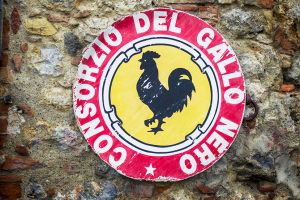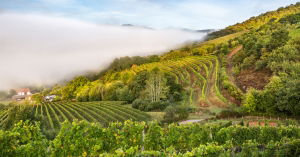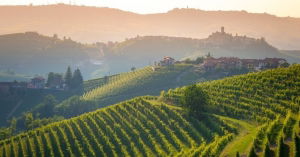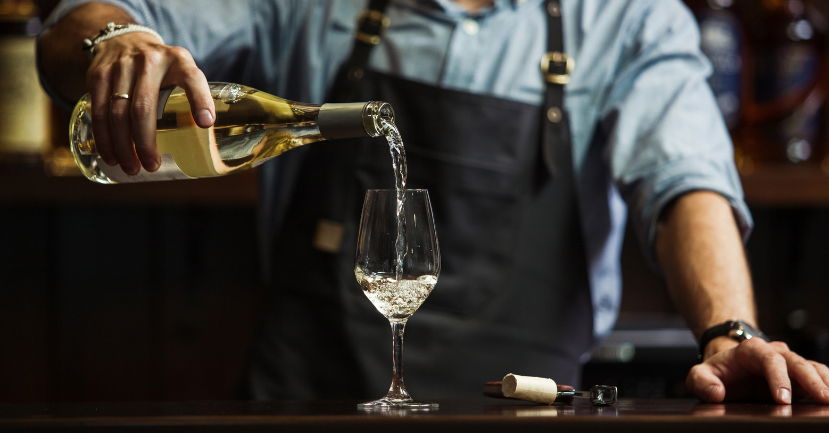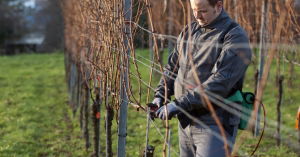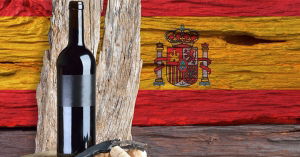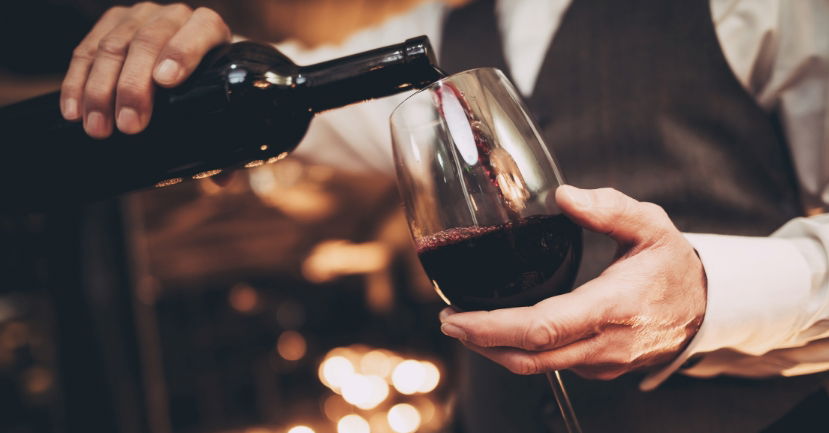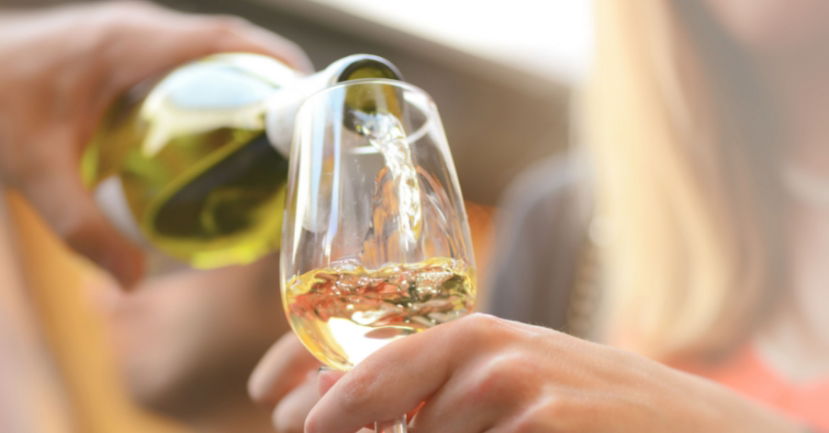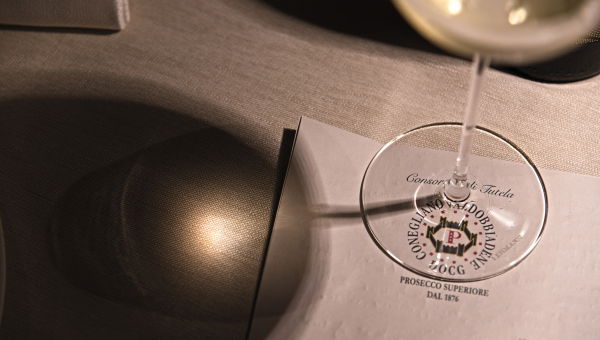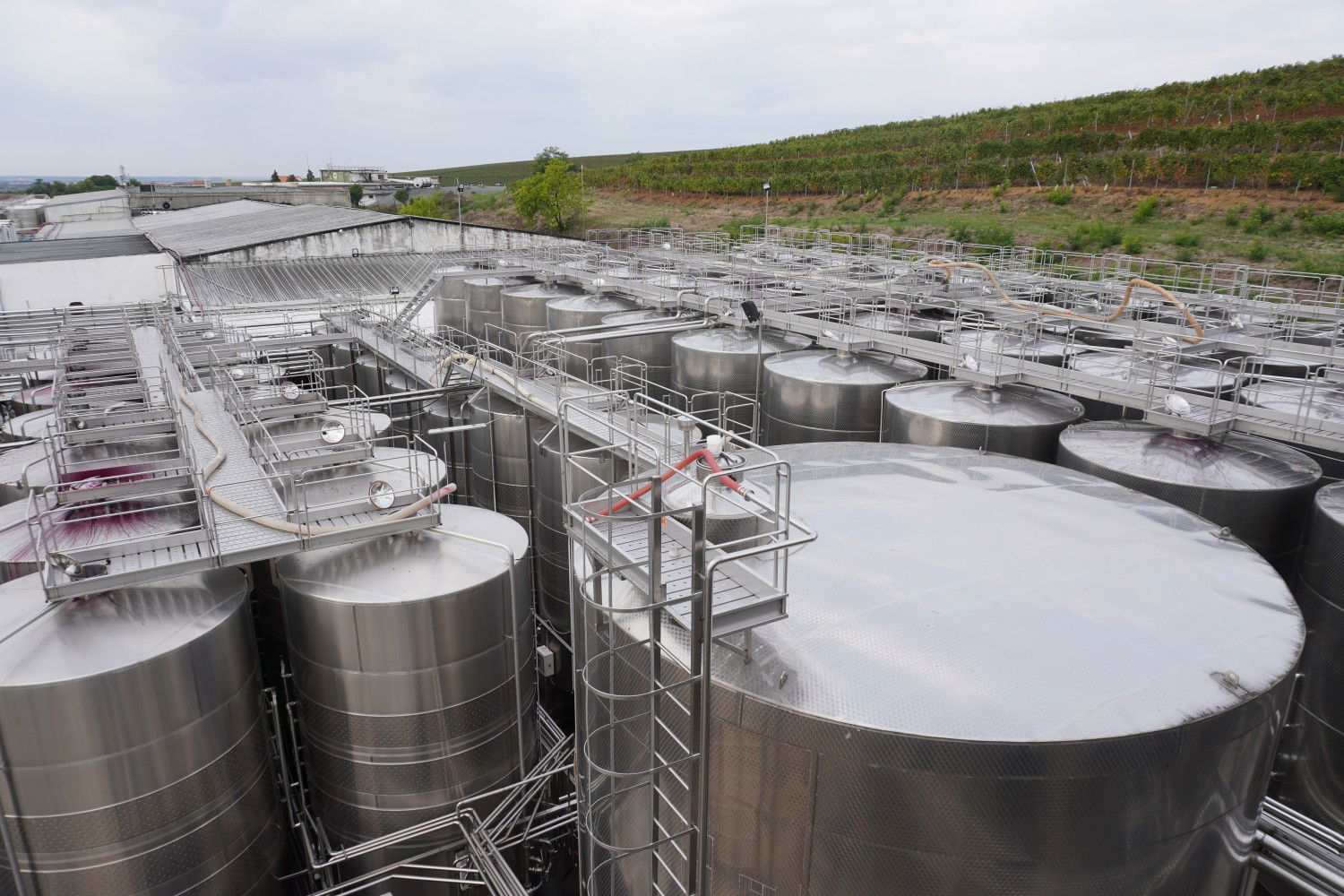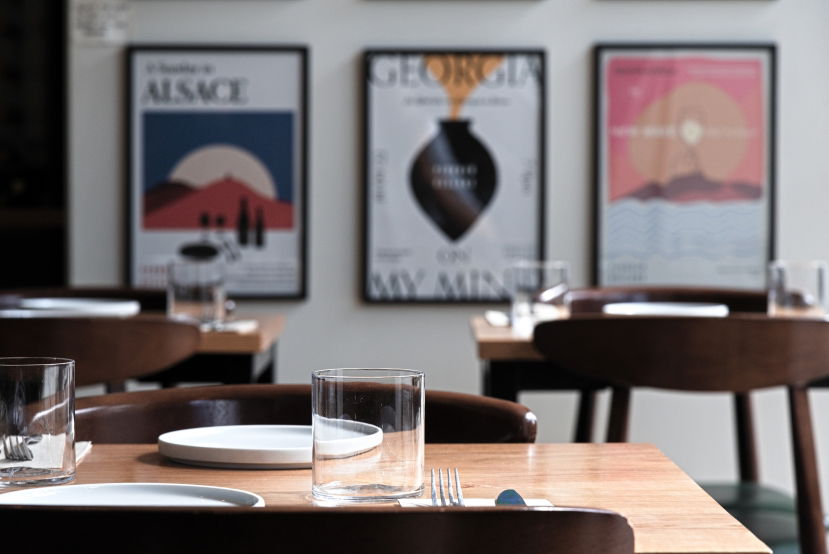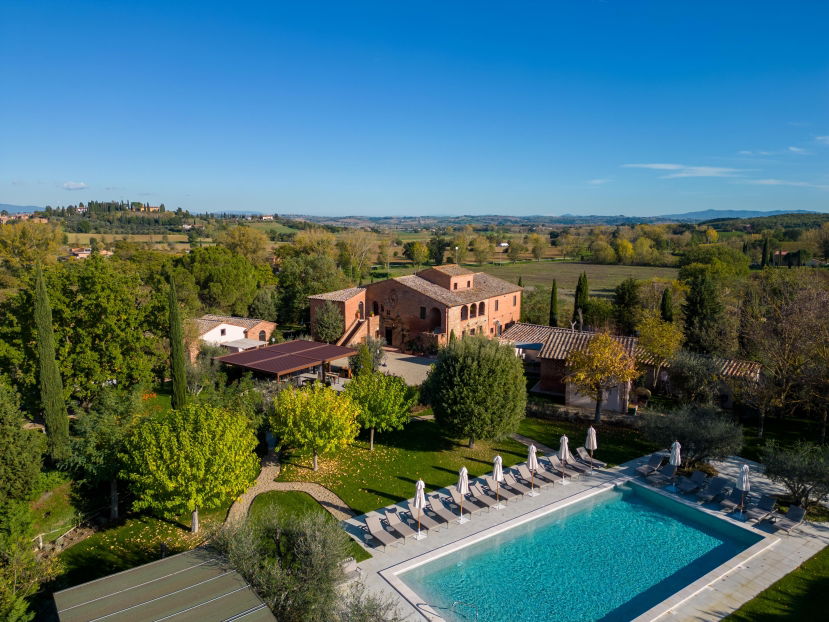BLOG
Blog
Maurizio Broggi Wine Culture
The Gallo Nero (Black Rooster) was the historic symbol of the League of Chianti and has become the symbol of the wines of Chianti Classico. The Black Rooster symbol is linked to a medieval legend that takes place during the time of open hostilities between Firenze and Siena for control of the...
Andrew Jefford Tasting & Trends
What is France’s greatest undiscovered wine region? Where do you find the greatest value for money in French wine? Where would you look around France to find potential fine-wine quality at affordable wine prices? Three questions … and from me the same answer to each: South West France.
Andrea Eby Wine Education & Careers
The Italian wine world is full of wine-related terminology that many consumers struggle to understand. Learning the meaning of a few key terms can increase your confidence level and help you make informed decisions when selecting your next glass, or bottle, of vino. We have compiled a list of 25...
Tom Hyland Regional Spotlight
Apart from the Côte d’Or in Burgundy, perhaps no other wine territory has been dissected in greater detail than the Barolo zone. This makes perfect sense, as these are arguably the two most ideal representations of the concept of terroir; just as Pinot Noir from one village in Burgundy reveals...
Sasha DeJaynes Wine Education & Careers
As the global popularity of Spanish wine grows, more exciting options are becoming available in restaurants and wine shops. While many people are familiar with Spain's premium red wines from regions such as Rioja and Priorat, the country also produces stellar white wines. These wonderful – and...
Marek Zalewski Wine Education & Careers
In 2024 Wine Scholar Guild proudly announced the Albert Sheen Memorial Scholarship in memory of our dear friend and dedicated wine traveler, Albert Sheen. The scholarship application invited applicants to discuss the challenges of climate change in Bourgogne. We received a number of truly...
Kirra Barnes Wine Education & Careers
France’s white wines can be counted among the best in the world. Whether you are looking for the best sparkling wines, chiseled white wines, decadent dessert wines, rich Rieslings or ageable Chardonnays—France has it all.
Kevin Day Viticulture Insights
While it may not be the most glamorous subject matter, vine-training is an essential topic to understand for students of wine. The method in which a vigneron replants and manages the growth of vines has big implications on matters concerning yields, protection against weather, and the overall...
Rick Fisher Wine Education & Careers
Spain began linking wine to “place” early on. As far back as the beginning of the 20th century, the need for wine regulations became self-evident. The country was experiencing rampant wine fraud; quality wines were being diluted with bulk wine on a regular basis. Rioja was a leader in the charge...
Kirra Barnes Wine Education & Careers
Spanish red wines get a lot of press for being good values, but shopping in the Spanish wine aisle can be as daunting if you aren’t sure what grows where within the world of Spanish wines. Many of Spain’s best red wines are labeled with the name of the wine appellation, rarely by grape variety. At...
Andrew Jefford Latest News
The love of wine and music often mesh. Both arouse our senses and emotions; both appeal aesthetically; both console and nourish. And they’ve done this since our earliest days. The world’s oldest alcoholic residues, dating back 9,000 years, were found alongside flutes made from the wing bones of...
Jacopo Mazzeo Viticulture Insights
Everyone loves an underdog. And when the underdog emerges, bruised and battered but nonetheless victorious, these triumphs become powerfully motivational. Take the 2004 UEFA Cup Final, for example. Greece, one of this soccer tournament’s less-favoured teams, faced off against much-fancied hosts...
Kirra Barnes Wine Education & Careers
Italy's white wines are as diverse as the country's reds. There is an Italian white wine with a trove of native varieties to fit every budget and occasion. Unfortunately, there are so many choices that shopping for Italian white wine can be overwhelming. It doesn't help matters that many of the...
Jacopo Mazzeo Regional Spotlight
Walking along the path that leads to the summit of the Cartizze hill, the town of Santo Stefano gradually emerges in the distance, its bell tower and a few quaint houses standing as a punctuation mark amidst the harmonious mosaic of woodland patches and vineyards. Like real-life topographic...
Simon Woolf Tasting & Trends
Wine Scholar Guild is currently developing a wine tasting diploma with a difference – stay tuned for an announcement in early 2024. This revolutionary course will allow students to take their critical tasting skills to the next level and gain deeper understanding of expression of place and terroir...
Jacopo Mazzeo Wine Education & Careers
Let's face it: Bordeaux is struggling. A recurring theme during my latest visit was producers lamenting declining sales, despite their wines tasting rather delicious. In January, the Gironde Chamber of Agriculture reported that more than 1,320 winegrowers were facing financial challenges – a...
Jacopo Mazzeo Wine Culture
“The couple at number 12 wants to see you,” my assistant told me, returning from what I immediately knew was going to reveal itself as a tricky table to please. At the time, I was managing the wine list of a charming modern-British restaurant with rooms in the New Forest, a fairytale-like national...
Jacopo Mazzeo Regional Spotlight
Zaza Kbilashvili's workshop lies in the village of Vardisubani, a short distance west of Telavi, the cultural centre of Kakheti wine country in Eastern Georgia. From the outside, Zaza’s home might seem unassuming, but once through the gate, its rustic yet elegant and bucolic appeal unfolds. A...
Valentine Touzeau Latest News
WSG is proud to partner with Borgo San Vincenzo to offer an immersive experience for the Italian Wine Essentials program (IWS Prep). The program blends wine education with history, culture, cuisine, and much more in a real-world setting in the heart of gorgeous Tuscany. The inaugural course in...
Jacopo Mazzeo Regional Spotlight
Ferran Adrià’s legendary restaurant El Bulli defined modernist cuisine. The restaurant had an undeniable influence on haute cuisine trends both in Spain and across the globe. For 13 years, its wine programme was led by sommelier Ferran Centelles. Ferran continues to work with Adrià at the...

